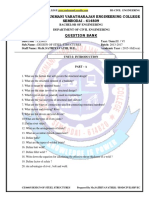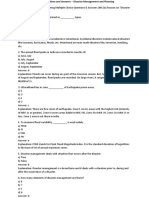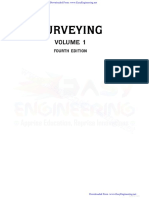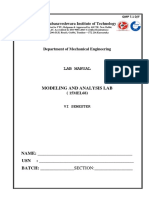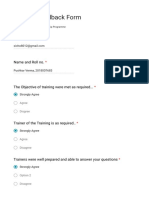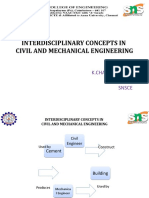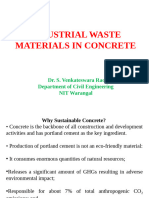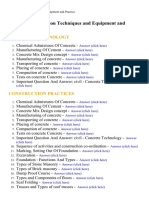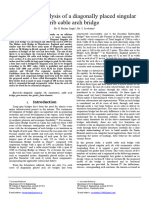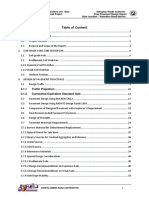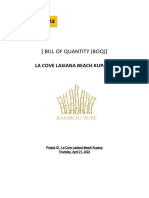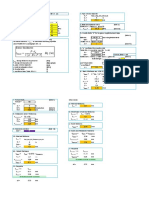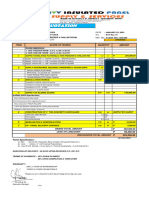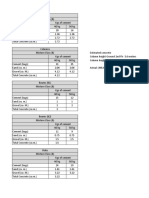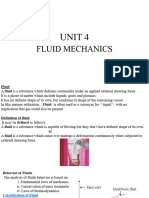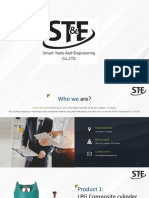0% found this document useful (0 votes)
3K views1 pageCE3301 FLUID MECHANICS Syllabus
This document outlines the objectives and units of a fluid mechanics course. The objectives are to introduce fluid properties and behavior under static conditions, impart knowledge of fluid dynamics using control volume approaches, and expose students to applications of conservation laws. The 5 units cover fluid properties and statics, basic fluid flow concepts, dimensional analysis and model studies, incompressible viscous flow, and boundary layers. On completing the course, students are expected to demonstrate understanding of fluid properties, apply conservation laws to fluid kinematics and dynamics, perform model studies, analyze pipe flow and losses, and explain boundary layer concepts.
Uploaded by
Baskar Singh GCopyright
© © All Rights Reserved
We take content rights seriously. If you suspect this is your content, claim it here.
Available Formats
Download as PDF, TXT or read online on Scribd
0% found this document useful (0 votes)
3K views1 pageCE3301 FLUID MECHANICS Syllabus
This document outlines the objectives and units of a fluid mechanics course. The objectives are to introduce fluid properties and behavior under static conditions, impart knowledge of fluid dynamics using control volume approaches, and expose students to applications of conservation laws. The 5 units cover fluid properties and statics, basic fluid flow concepts, dimensional analysis and model studies, incompressible viscous flow, and boundary layers. On completing the course, students are expected to demonstrate understanding of fluid properties, apply conservation laws to fluid kinematics and dynamics, perform model studies, analyze pipe flow and losses, and explain boundary layer concepts.
Uploaded by
Baskar Singh GCopyright
© © All Rights Reserved
We take content rights seriously. If you suspect this is your content, claim it here.
Available Formats
Download as PDF, TXT or read online on Scribd
/ 1



